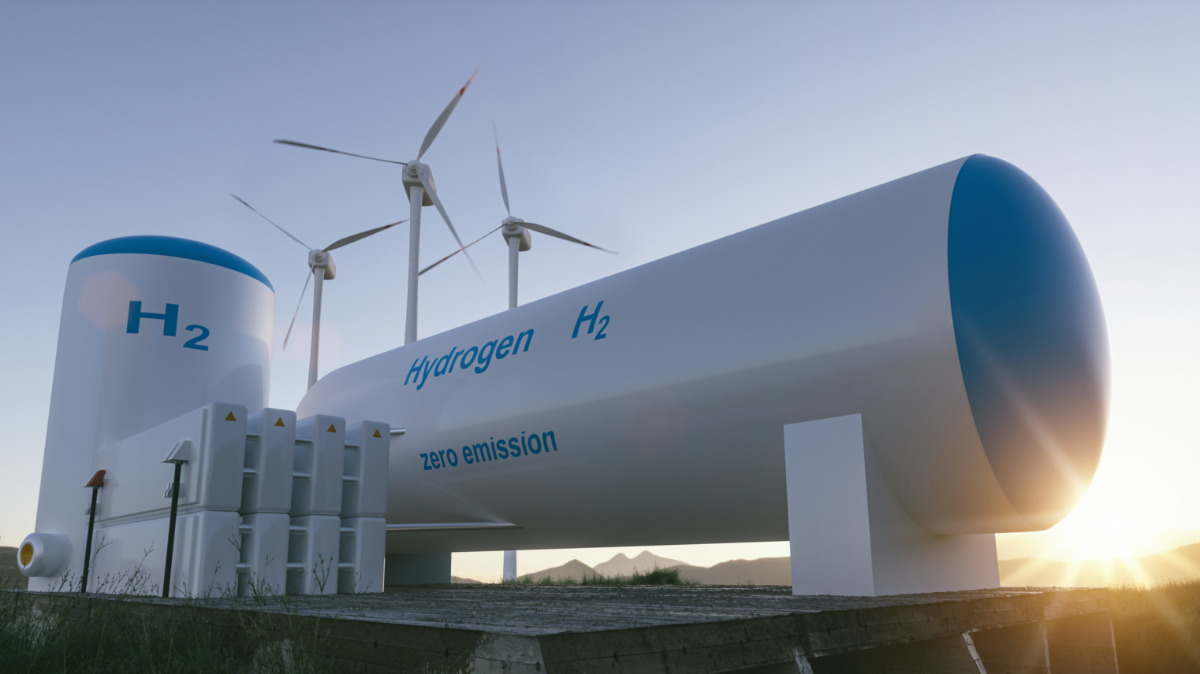GEV to build world’s first ship for hydrogen exports – and it’s hydrogen powered

The world's first ship for compressed hydrogen exports is being designed by Australia's GEV. Picture: Getty Images
- GEV to build first ship for compressed hydrogen exports from Australia
- H2 Ship to target hydrogen projects with export plans, some possibly in Northwest Australia
- Australian government is supporting home-grown industry with National Hydrogen Strategy
Global Energy Ventures’ (ASX:GEV) shares moved 8 per cent higher Thursday to 6.5c after announcing it will build a new ship to carry compressed hydrogen exports – a world first.
Named the H2 Ship, the vessel will have a storage capacity for compressed hydrogen of up to 2,000 tonnes equivalent to 23 million cubic metres, and is intended to serve export markets in the Asia-Pacific region.
A launch date for the vessel has yet to be set, although engineering details will be lodged with the American Bureau of Shipping for approval in early 2021.
“The ship will enter service in line with the start of an export project,” said GEV executive director, Martin Carolan, in answer to Stockhead’s questions.
“This is the first compressed hydrogen marine vessel. The design is specific for the storage of hydrogen,” he said
Ship will utilise GEV design and engineering skills in pressure vessels
“The design will utilise the company’s intellectual property on the design and approval of pressure vessels,” he said.
The ship’s design includes engines that run on pure hydrogen, providing a zero-carbon shipping solution. Hydrogen is a clean-burning gas with zero-carbon emissions.
The Australian company has expertise in designing vessels to carry high-pressure cargo, for example the compressed natural gas (CNG) carrier Optimum.
The company started in 2017 with the aim to build and operate specially-designed ships to carry pressurised natural gas or hydrogen to regional markets in Asia.
GEV said it will consider building more compressed hydrogen carriers depending on market demand.
“The number of ships will be dependent on the project location, volumes to be shipped, and the location of the end market,” said Carolan.
Northwest Australian projects could supply hydrogen for carrier
“A nominated port will be dependent on the location of the project that produces the hydrogen, however, we would target the coast of Northwest Australia where there are proposed projects being developed that have plans to export,” he said.
The company will look at initially building a smaller capacity vessel-type to demonstrate the supply chain using compressed hydrogen and its commercial viability, the company said.
Demand for hydrogen exports is expected to grow tenfold during the 2020s, said the company.
The export trade is supported by trade agreements for hydrogen signed by Australia and some of its trading partners for example, Japan, Korea and Singapore.
To date, some recent test shipments of hydrogen from the LaTrobe H2 project in Victoria are the only export cargoes to leave Australia and are destined for Japan.
Australia is one of the world leaders in developing a hydrogen exports sector, and a National Hydrogen Strategy is being steered by the CSIRO, supported by $500m of funding.
“Only last month, the government announced $1.9bn of investment in clean energy technologies over the next 10 years with hydrogen the number one of five technologies to be advanced,” said Carolan.
The aim of the National Hydrogen Strategy is to develop a national hydrogen industry for domestic and export uses capable of producing the fuel at under $2 per kilogram in 2030.
ASX share price for Global Energy Ventures (ASX:GEV)
Related Topics

UNLOCK INSIGHTS
Discover the untold stories of emerging ASX stocks.
Daily news and expert analysis, it's free to subscribe.
By proceeding, you confirm you understand that we handle personal information in accordance with our Privacy Policy.








